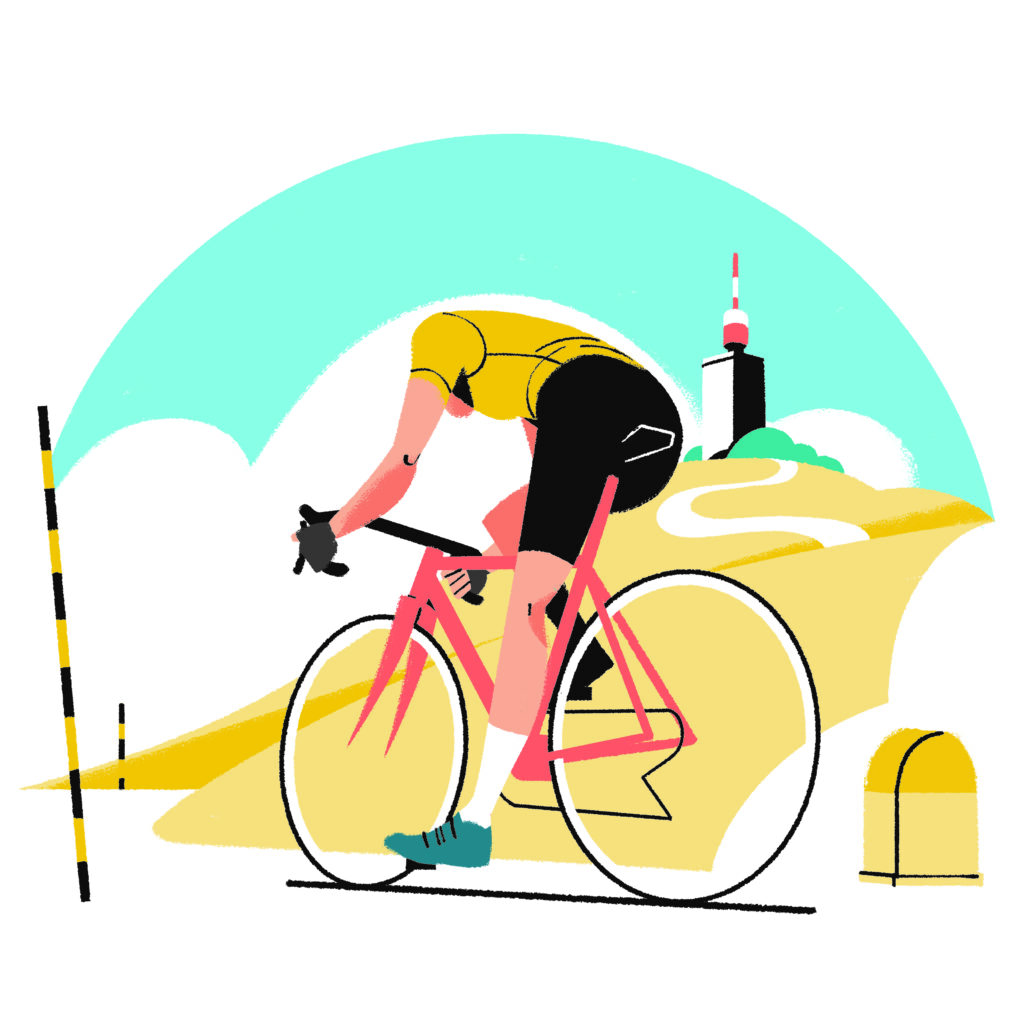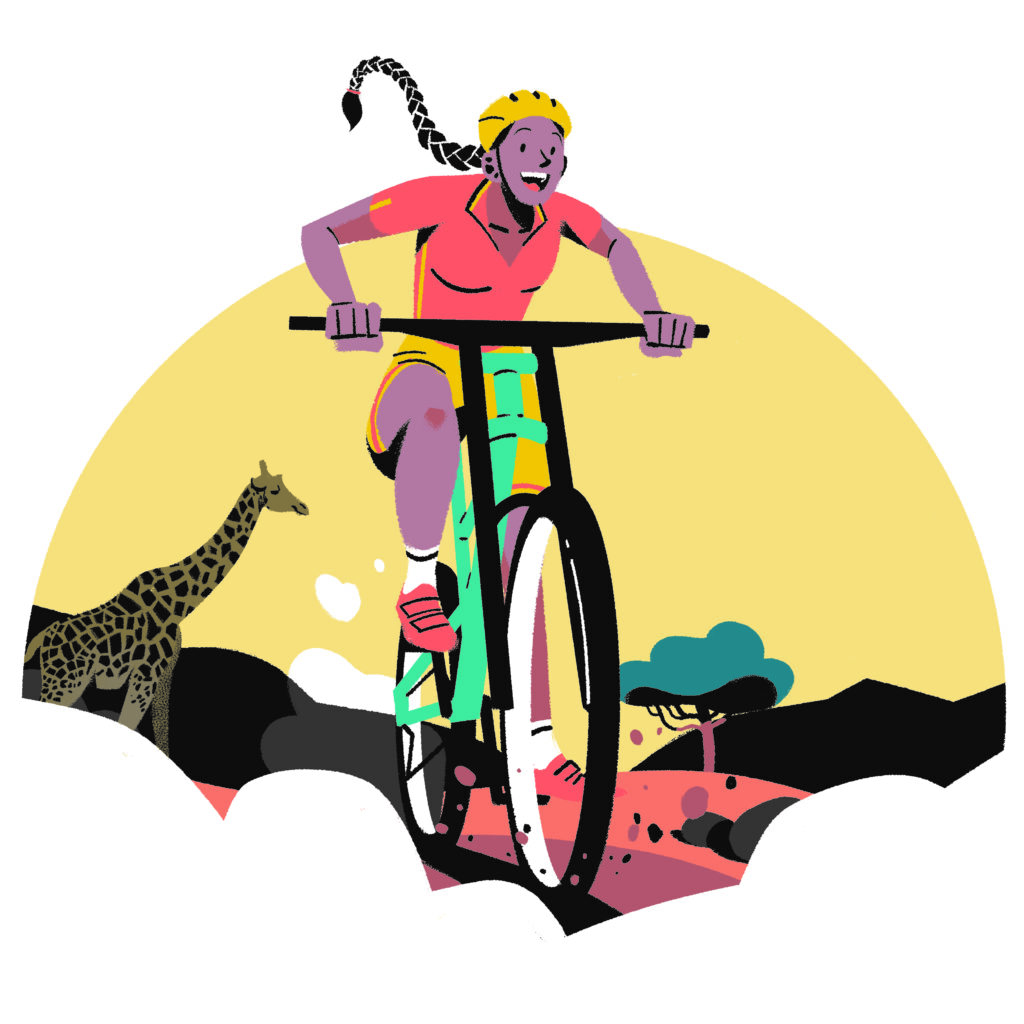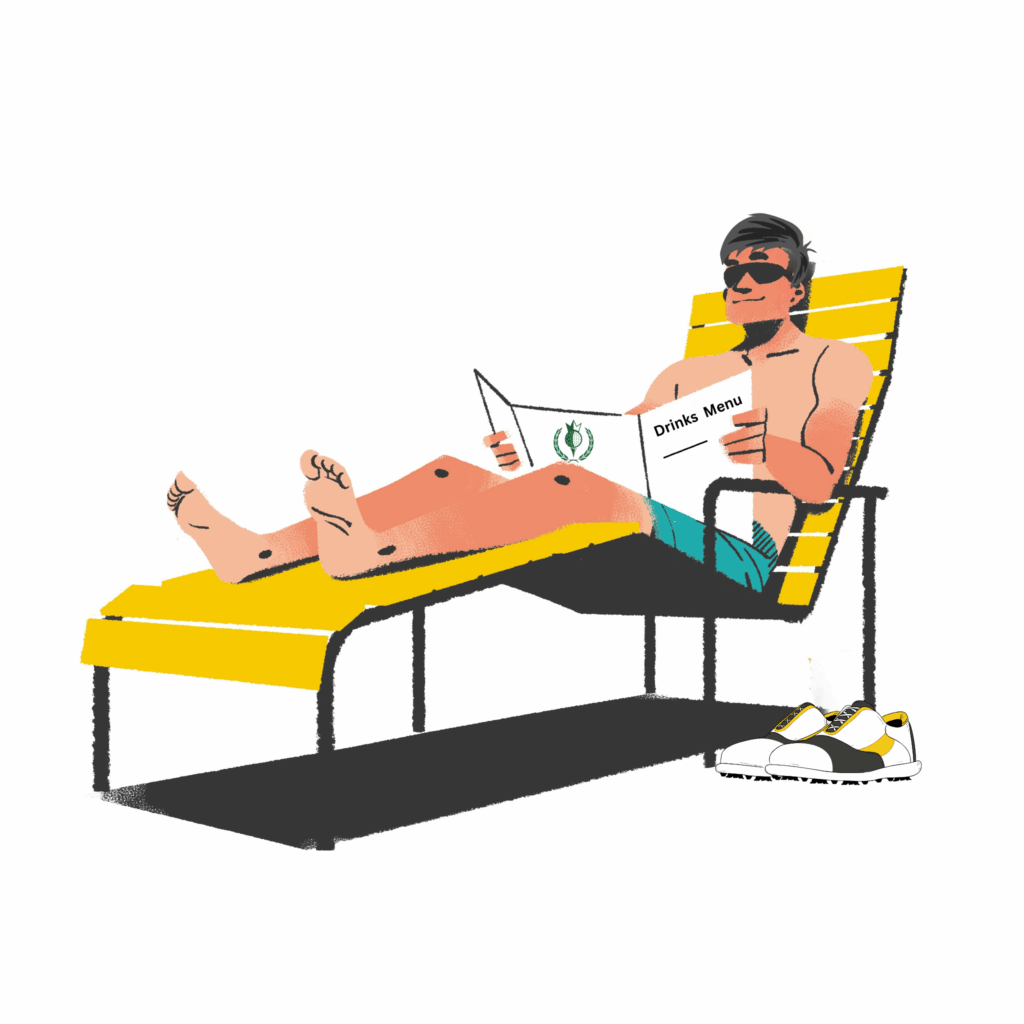Cycle touring and adventure cycling are becoming ever more popular as more people strive and aspire to discover the world on two wheels. YJ’s Emily is no stranger to long-distance cycling, having completed a 19,000km self supported cycle from London to Cape Town with her husband James Davis. She casts her mind back to life on the road and looks at the top things to consider before setting off on a cycle tour.
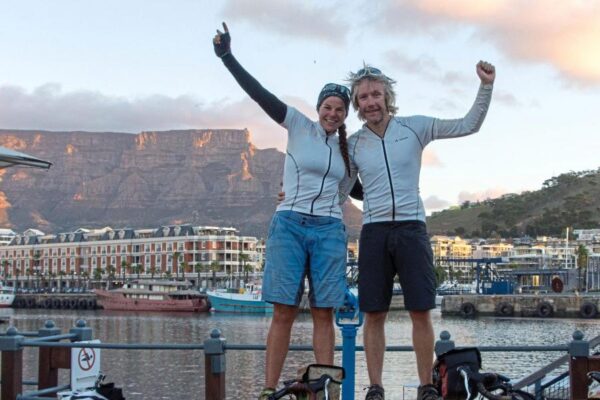
It’s been well over a year now since we arrived back on UK soil after a 10-month journey that took us through 22 countries from London and Cape Town by bike. We’re often asked to tell our story which is impossible in fewer than 1,000 odd words; there are too many stories to tell. I will instead do my best to give you a flavour of what it was like spending a year on the bike cycling to South Africa and things to consider before embarking on a long ride.
Seeing the world by bicycle is everything you could imagine it to be and more. You see the best of the world and, at times, the worst. You’ll experience highs and lows like never before – from the days when you sit outside your tent and watch the moon rise over the African Savannah under the Milky Way, to days when you are stranded hundreds of miles from civilisation with stray desert dogs, wondering when you’ll next be able to get some more food and water.
The one thing that you’ll never ever forget is the kindness of the people you will meet along the way. This is something we were told about before we left – and something that we thought would be reserved for the more remote communities in far away countries – but for us this kindness started in France and followed us through almost every country along the way to Cape Town. It’s humbling and it has 100% changed my outlook and the way I see the world.
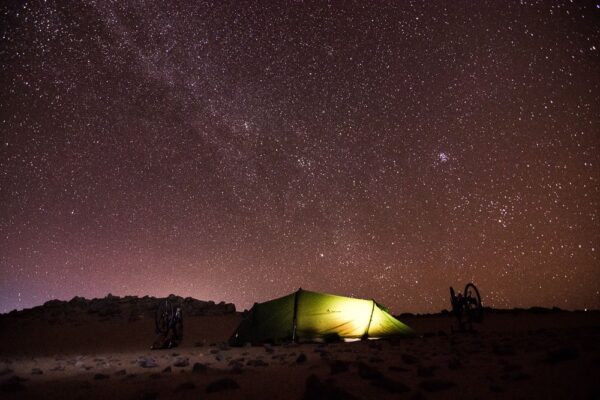
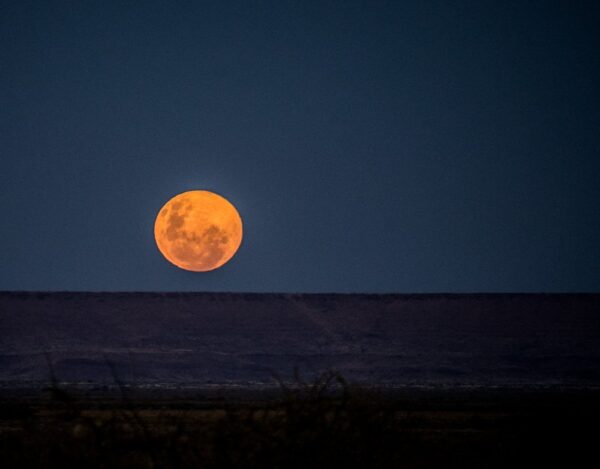
Where did you get the idea for your ride?
I’d spent years working with adventurers fulfilling their dreams in my day job, and I met a couple who had cycled a similar route and it planted an idea in my head. An idea that I never for a second thought would turn into reality: it’s one of those things that you read about, that thing that other people do. That was until I sat on a second date with my now husband and he asked me if there was anything that I really wanted to do in my life. Aided by some red wine I boldly told him that I wanted to cycle to Cape Town. Little did I know that he would then spend the next year trying to convince me that we should make this happen and he wanted to come too… The rest, so they say, is history and we went on to have the adventure of a lifetime.
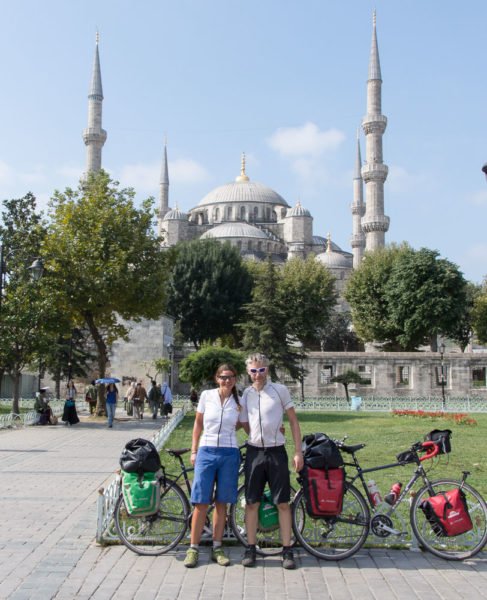
How did you plan the trip?
We’ve met a lot of people who think that the planning takes the fun out of adventure. Personally, I think that being lost somewhere with no food left is less fun than being organised and planning properly! We spent a lot of time looking at maps, researching visas, talking to people who had done similar routes and reading blogs. We then plotted a rough route on RidewithGPS and broke the first couple of weeks down into day by day routes that we loaded onto our Garmin.
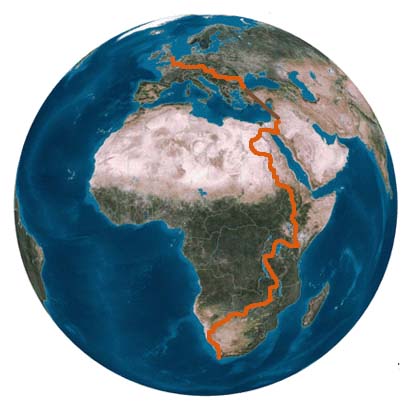
This then became routine. Each time we stopped, we found wifi and plotted the route for the next couple of weeks. It worked brilliantly and we very rarely got lost, leaving us more time to experience the world around us. In this day and age when we have access to online maps, Google Earth and Google Street view (which gets to an impressive amount of places) it’s quite easy to have a good idea of what will lie ahead. Don’t get me wrong, it wasn’t perfect and we had more than our fair share of days lugging our pannier-laden bikes through thick sand or mud!
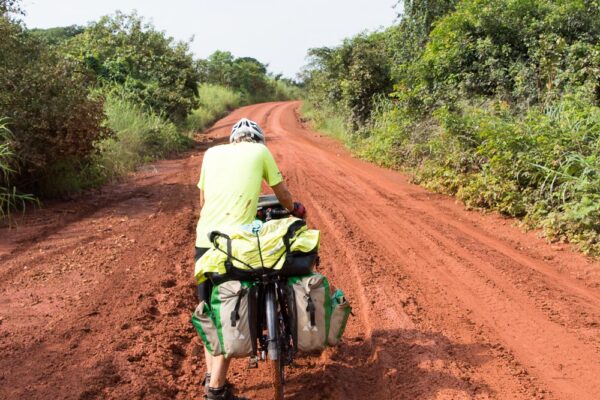
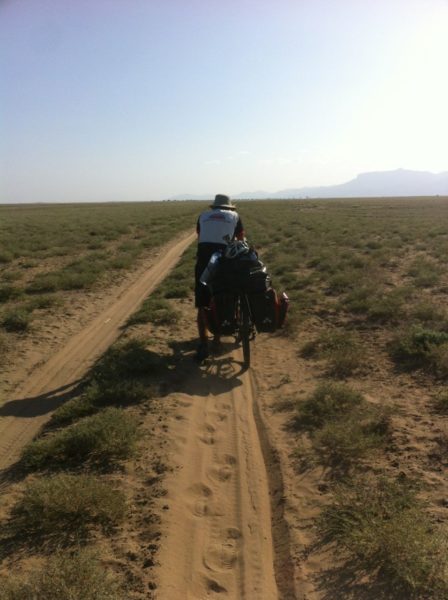
Aside from route planning, we were keen to ensure that we had the skills we needed to be as self sufficient as possible. This included wilderness first aid courses, speaking to security companies for advice on some of the riskier areas, arranging for a tracking device and equipping ourselves with a satellite phones. We were lucky enough to be given the Trident tracker that Mark Beaumont took on his Africa Solo World Record.
What do you consider essential kit for long-distance cycling?
Kit is a popular topic whatever type of cycling you’re into. For long-distance cycling it becomes more important than ever, especially if you are carrying your own kit as every kilogram counts. We perhaps took more than others do – I think the longer you are away, the less you tend to worry about weight. If you’re bikepacking or planning to stay in hotels, you can really get away with the bare minimum.
For us the most important things that we took were: leather Brooks Saddles (a firm saddle is really important with all those miles), Vaude Panniers, Vaude tent (we chose a three person tent with a porch – it’s your home while you’re on the road so comfort is important), Leyzne mini track pump, Schwalbe Marathon Plus Types (under ten punctures each in ten months is proof itself of the quality), decent water filters (we took Water-to-Go bottles as well as a Katadyn Pocket filter for the most remote areas where we were filtering muddy river water to drink) and a substantial first aid kit.
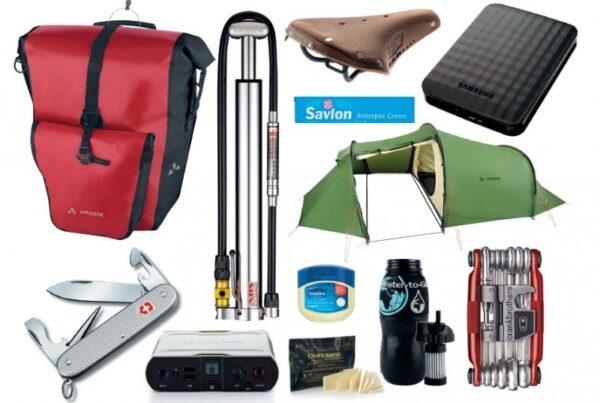
What risks did you have to overcome on the ride?
Our biggest risk was road traffic. Despite people’s general perception that Africa is ‘dangerous’ and people would be out to get us, we never faced hostility. Although we did take an armed escort along a notoriously dodgy road in Turkana, Western Kenya, we were greeted with nothing other than kindness – especially in Sudan, the country that people all believed would be the worst.
We made a simple rule. We were never to cycle in the dark, we would wear high viz whenever we were on a main road and we would never cycle without a helmet if we were on a road shared with vehicles.
What is bike maintenance and repair like on the road
Get great kit and it probably won’t break! Rather than taking a mechanic’s course, a friend kindly ran through the basics with us and we might have just been lucky, but we encountered very few issues. When you’re stuck, it’s amazing how you can manage to fix things when you really have to… and when we had 3G or wifi, YouTube videos worked a treat!
I did spend about 3,000km with no gears, but I like to think it just added to the fun. We’re very spoilt in the UK with bike shops and mechanics around every corner. We’re also very good at throwing things away that could actually be fixed. One of my panniers broke in Uganda which, had we been at home, we would have just replaced. Instead we found a man on the side of the road with a fire and some scrap metal which he heated up, melted the broken plastic and moulded it back together. It was stronger than it was before it broke!
Over 19,000km we experienced roughly ten flat tyres each, three broken cables/gears, one loose bottom bracket which we replaced and a few issues with alignment on our disc brakes.
We replaced our bar tape quite early on and opted for leather which was still going strong at the end. In Cyprus, we changed to tyres with thicker treads and between Cairo and Cape Town we both changed the back tyre once.
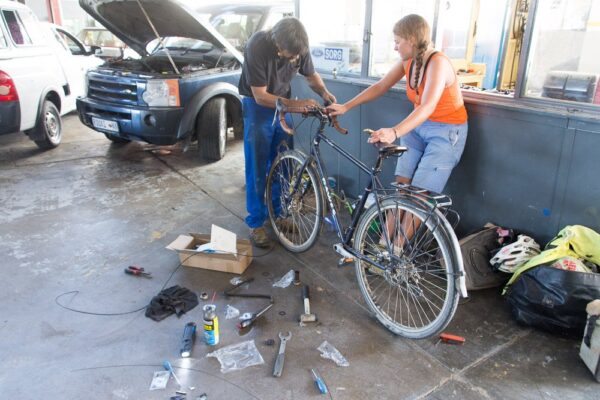
What was it really like? A highlight and a lowlight
It’s impossible to summarise, I’d need a blog per country! But it was most definitely a life changing experience that I urge anyone who enjoys life on two wheels to take on. Just a week on a bike exploring a new country will be enough to just give you an idea of how great cycle touring can be and how kind people can be, especially when you are travelling by bike.
We traveled along the Danube River across Europe, across Bulgaria and into beautiful Turkey (a cyclists’ paradise), across to Cyprus then Jordan where we crossed into Egypt and travelled through Africa visiting Sudan, Ethiopia, Kenya, Uganda, Rwanda, Tanzania, Zambia, Botswana, Namibia and South Africa. In Africa each country was so different to the next. We crossed the Sahara desert in 55 degree heat, over the 4,000m Ethiopian highlands, through remote tribal villages in the Lower Omo Valley, through the jungles of central Africa, across the Great Plains where lions roam wild in Botswana, through the famous Namibian sand dunes and down South Africa’s stunning west coast.
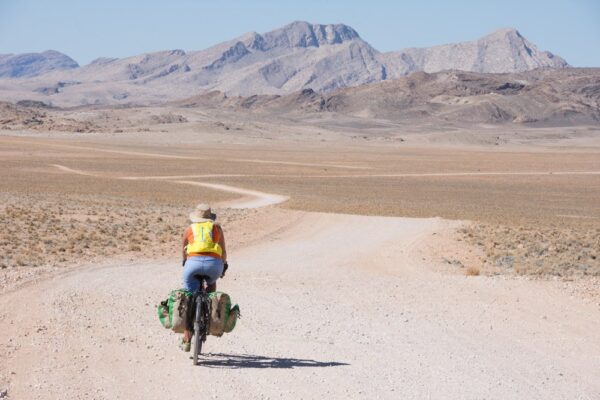
Highlight: the hospitality we experienced in Sudan and how we were welcomed into people’s homes. It was a magical glimpse at how people live across the world.
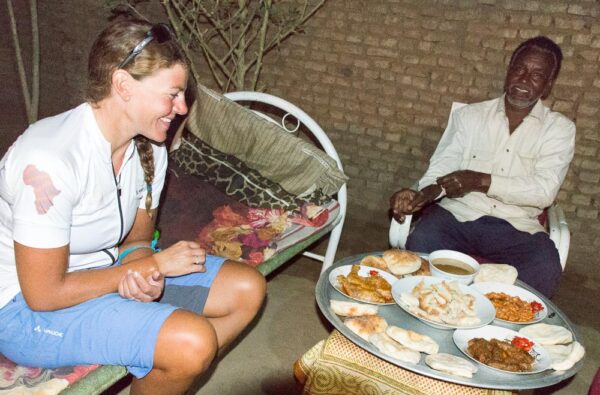
Lowlight: getting sick in Sudan and again in Kenya… I learnt some valuable lessons about the importance of electrolytes – there’s a blog on its way about this soon…
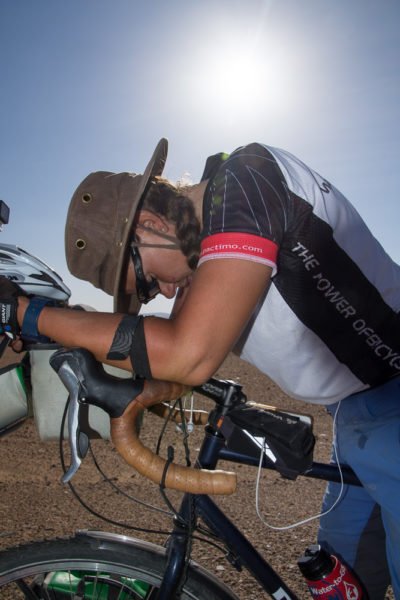
We fund raised for World Bicycle Relief along the way raising nearly £30,000. If you’d like to find out any more about the charity or read more about our adventure please visit our blog.
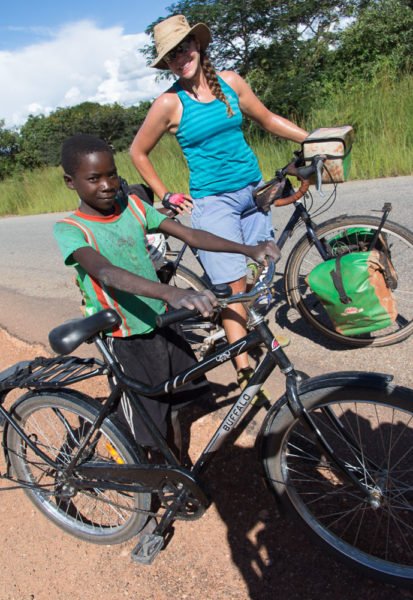
If you’ve ever wondered what it might be like to travel on your bicycle, DO IT. You will only ever regret what you don’t do and I’m yet to meet anyone who has not had a positive experience – whether that is an overnight trip in the UK or around the world cycle.
Yellow Jersey provides bicycle insurance and travel insurance that will cover you for adventure cycling. Both our policies currently allow you to be out of the country for 120 days but if you need enhanced cover then please get in touch and we can tailor a quote for your trip.
